
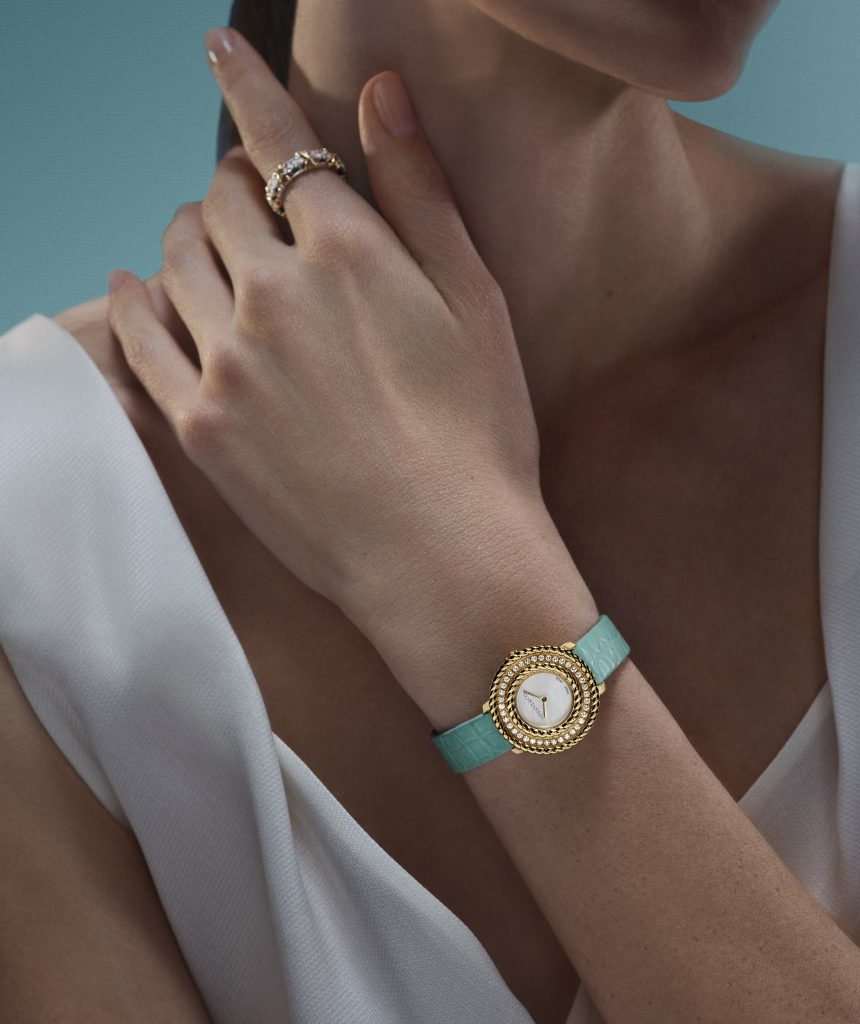
Timekeeping has long been part of Tiffany & Co.’s design language, from boutique clocks to Swiss-made pocket watches. Today, its high-jewellery timepieces continue that legacy with artistry and imagination. With creations like Bird on a Rock, Tiffany & Co. brings its most iconic motifs into the world of horology—merging function with fantasy. We spoke to Vice President of Tiffany Horlogerie Nicolas Beau recently in Bangkok about the house’s past, present, and future in watchmaking.
Tiffany is best known as a jeweller. What’s your perspective on the growing demand for jewellery watches?
Tiffany today is known mostly as a jeweller. But historically, it was much more—a jeweller, a watchmaker, and beyond. Charles Lewis Tiffany had a vision to bring the best luxury from Europe to America, from jewellery and watches to accessories and even furniture. Watches have always been part of Tiffany’s DNA. In 1847, we opened our first store in Geneva. If you look at old photographs, the windows proudly show watches beside jewellery. Then, in 1874, Tiffany built its own watchmaking facility in Switzerland—fully owned by the company. Imagine that, an American brand establishing a manufacture in Geneva back then. When I joined Tiffany, I knew the brand had watchmaking heritage, but I didn’t realise how deep it went. In 1874, Tiffany was already a major player in Swiss watchmaking. Our factory was right by the train station—it’s a hotel today. Later, we collaborated with Patek Philippe and even sold that factory to them. So the roots of watchmaking are very much part of Tiffany’s story. For about 20 years, watches were a little forgotten by the company. But since the LVMH acquisition, that has changed. Now, our strategy is what I call back to the future reconnecting to our history while imagining where Tiffany could be if those years had been fully developed. It’s about rebuilding that horological strength, but in a modern, imaginative way.
Are there any historic Tiffany pieces you’d like to reintroduce?
When you look at most jewellers who make watches, they usually have a separate watch division. They might make jewellery watches with diamonds and stones, but often, there’s no creative link between the two worlds. With Tiffany, that connection has always been natural. I’d say 90% of our watches throughout history were inspired directly by jewellery. That’s one of our key differences. Our “back to the future” approach is about reinterpreting our iconic jewellery pieces into timepieces. I think the very best example to explain this is the Bird on a Rock reinterpretation of the brooch, because this is not a watch that existed in the past. It’s entirely new. But it’s inspired by one of Tiffany’s most beloved brooches. The original jewel was playful and full of joy, and we wanted to translate that emotion into a watch. We could have just placed a bird on a dial but that wouldn’t capture the spirit, so we created a special mechanism that lets the bird rotate 360 degrees. It’s not Bird on a Rock, it’s Bird on the Wheels [jokingly].
So the starting point is always jewellery?
Always. We start with design, then find or develop a movement to fit the design. That’s the freedom of being a jeweller. Traditional watchmakers start with an existing movement, and the watch must adapt to it—diameter, thickness—everything is determined by the mechanism. We go the other way. Here is another example: the rope movement.
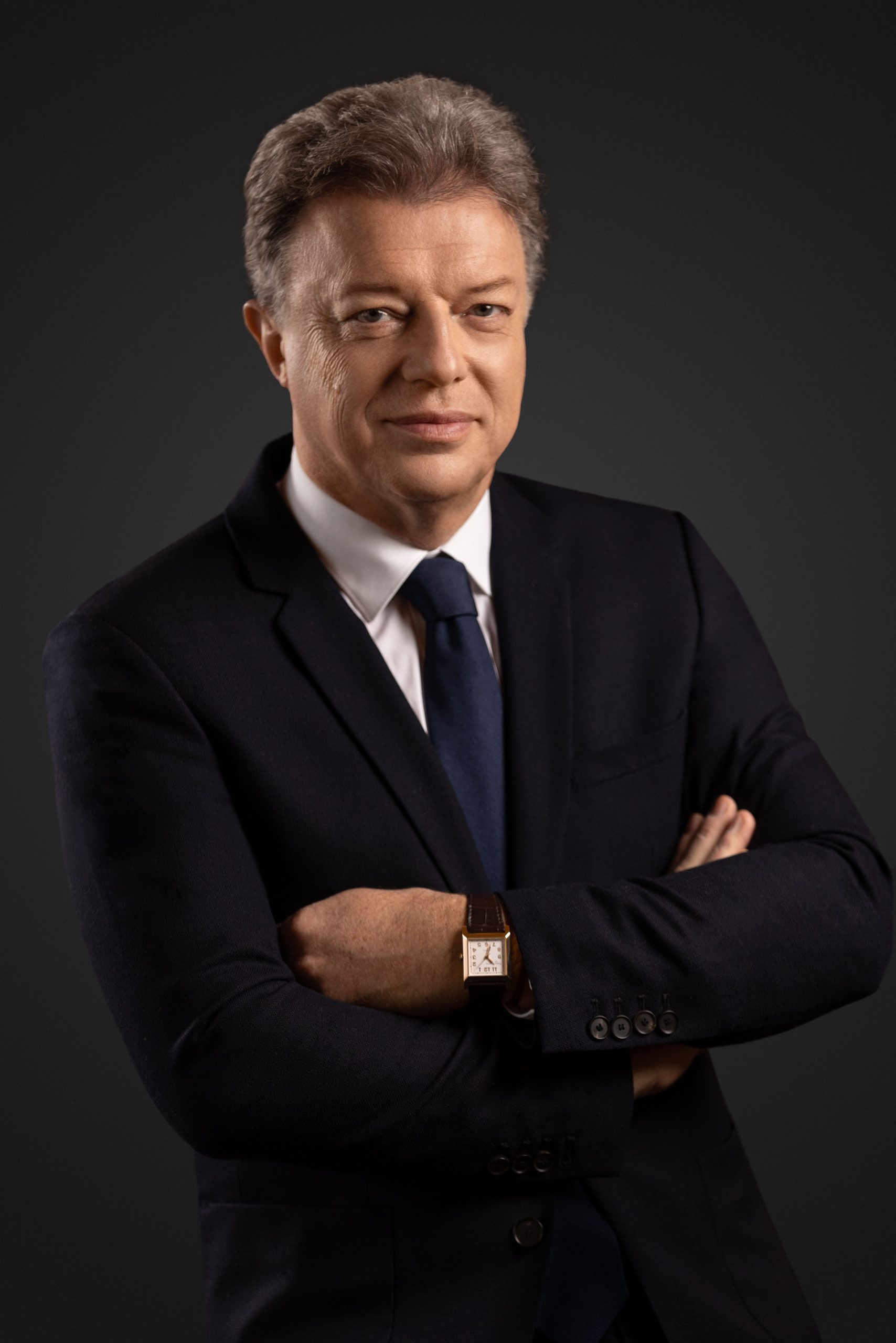
The Rope Watch has generated buzz for its solar-powered movement. What inspired it?
The Rope is a famous jewellery collection for Tiffany, and we thought it was interesting to bring some innovation to quartz. We wanted to modernise it with innovation. New-generation solar cells now charge through opaque dials, eliminating the need for perforations. We developed this solar quartz movement with Bvlgari and TAG Heuer under LVMH. It combines sustainability, precision, and the spirit of innovation that defines Tiffany.
How do you see trends shaping Tiffany’s watchmaking today?
There’s a strong global trend toward jewellery watches, even among men. Men are wearing more jewellery now; bracelets, rings, even necklaces, so it’s natural that jewellery watches are appealing to them too. Clients today want authenticity. They go to the experts—either the best in movements or the best in stones. Tiffany’s advantage is our incredible expertise in gemstones and our responsible sourcing network from New York. We’ve always been pioneers in ethical sourcing. That gives us credibility and modern relevance. People are more informed now; they know watches, they know quality. They’re loyal to brands that stay true to themselves. And that’s exactly where Tiffany stands.
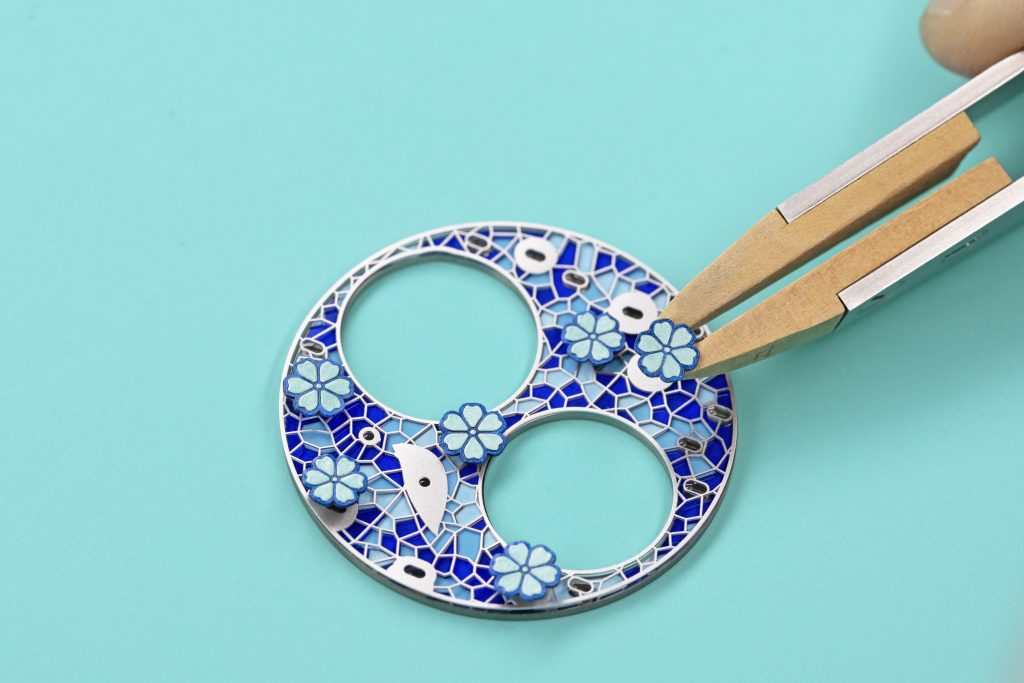
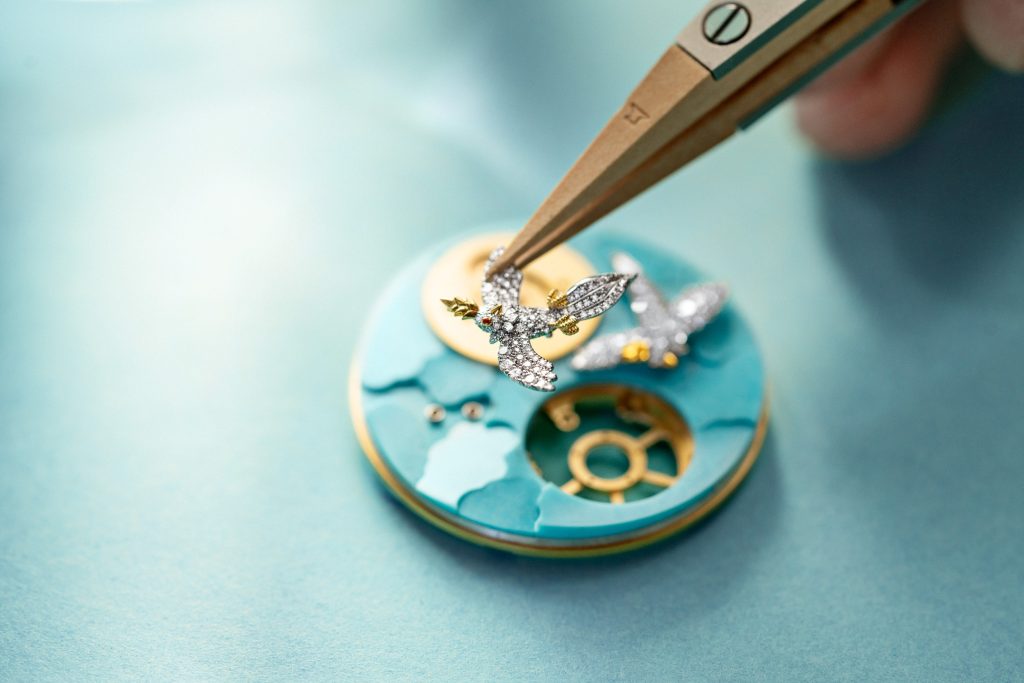

What’s next for Tiffany in terms of innovation?
The next watch, if you press the button, you will go to the moon! [laughs]
That’s Back to Future!
But seriously, we focus on meaningful innovation. People buy a watch because it’s beautiful, because it’s technical, because it’s one of the first machines that mankind invented measuring time. So, the philosophy of watchmaking is to improve quality for sure, but not necessarily to innovate. That’s why I’m so passionate about the quartz solar movements, because it is a true advancement—sustainable, precise, and long-lasting. So, it’s more innovation in creativity than innovation in technology.


How do Tiffany’s archives inform your creative process?
My favourite piece from our archives is a pocket watch from 1900 made for the Mayor of New York’s daughter. When you open the back, you’ll see some dirt trapped inside and that dirt came from the first excavation of the New York subway. Dust is normally the enemy of watchmaking, but in this case, it became the soul of the piece. It’s such a beautiful story.
That’s very interesting.
Another remarkable piece is the Titanic watch. When the Titanic sank, around 700 people were rescued by the captain of the Carpathia. Among them were three New York socialites who, when they returned home, gifted the captain a Tiffany watch in gratitude. That watch resurfaced at auction last year, and we bought it. It’s now displayed in our Tokyo boutique. Think about it—in 1912, they could have chosen any Swiss brand, but they chose Tiffany. That tells you how respected Tiffany was in watchmaking at the time.
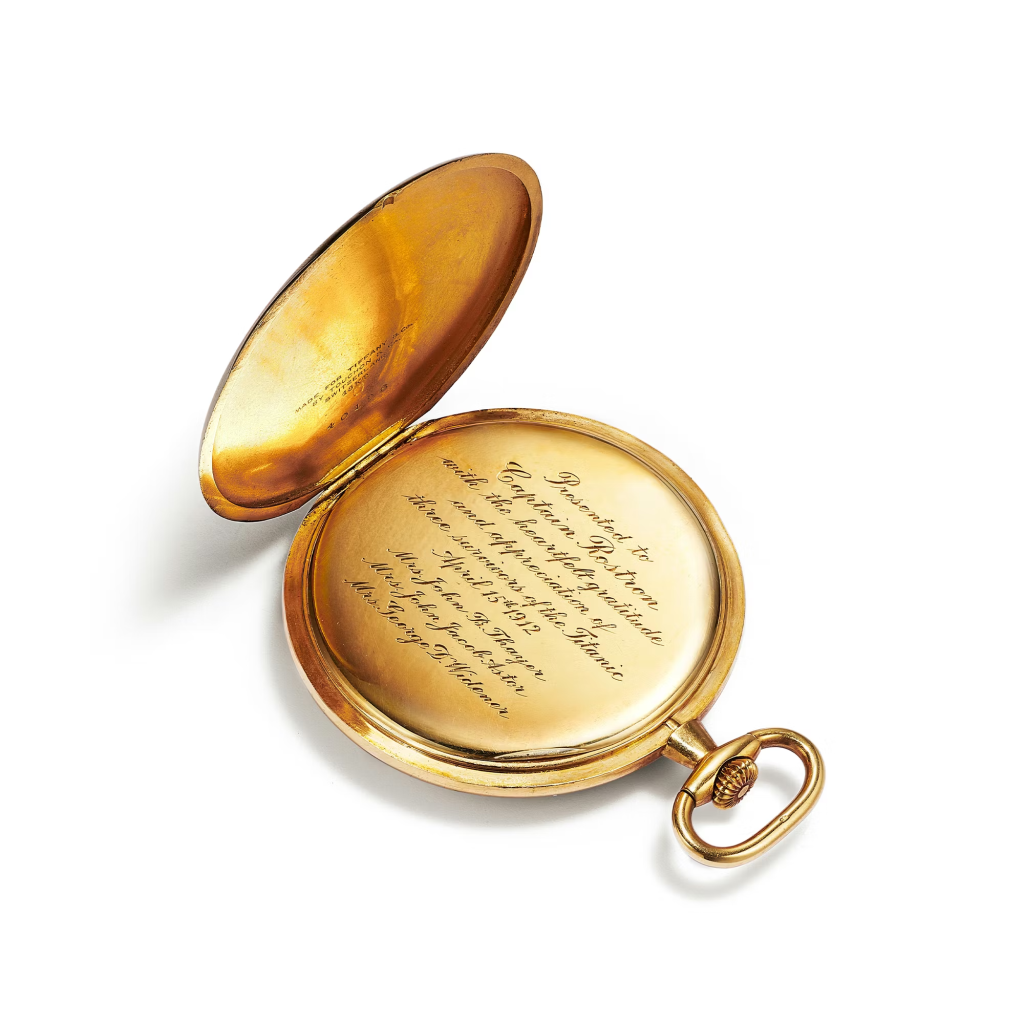

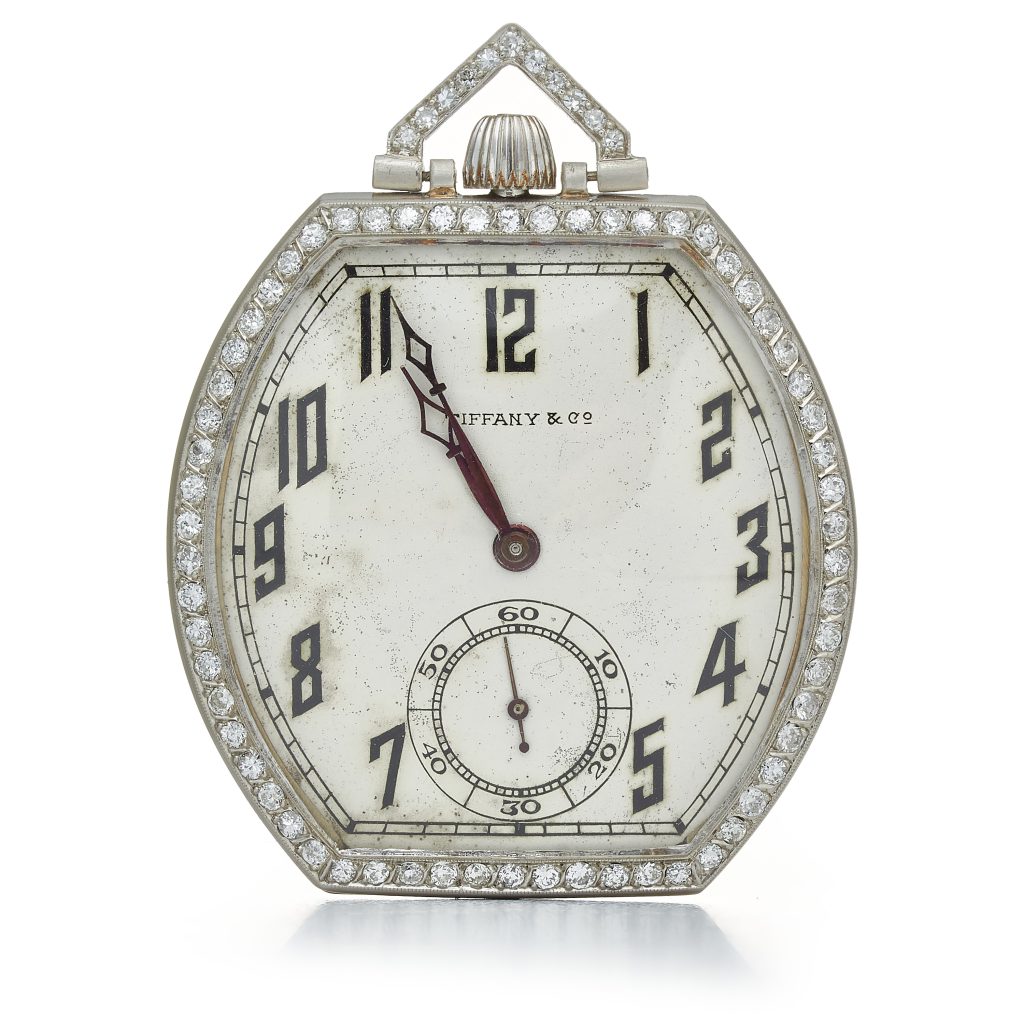
Would you reissue any of those archival pieces?
What’s interesting is that Tiffany is always about making something new. It’s not reinventing or interpreting something that had already existed. We have one exception, the Atlas Watch, which we just relaunched quietly. But this is because it’s truly inspired by the clock on the Tiffany store, and we were tired of seeing all those brands making Tiffany blue watches and seeing customers calling them Tiffany.
Since we’re in Asia, is there a watchmaking history between Tiffany and Asia? Or with customers?
I’ve been coming to Asia for a long time. What I think is that Americans are very much about innovation, about the future. Europeans are a lot about tradition. I think Asians are in the middle. You love tradition, but you need innovation too. So, I think what we are doing or planning to do is pretty much connected to the region. Because there is this incredible energy moving forward, I think this innovative side with a traditional base is something that may resonate with Asian minds.
This story first appeared in the November 2025 issue of GRAZIA Malaysia.
READ MORE
Tiffany & Co’s ‘Legendary Legacy’ Exhibition Arrives in Bangkok
Explore the Craftsmanship Behind Tiffany & Co.’s HardWear Jewellery Line
